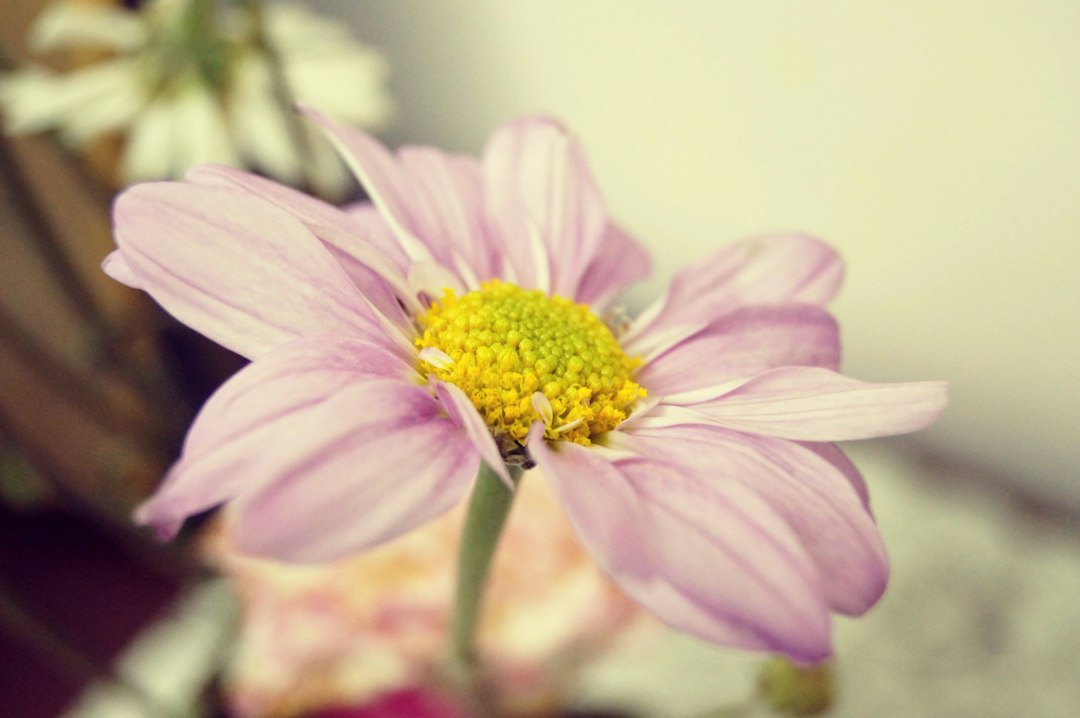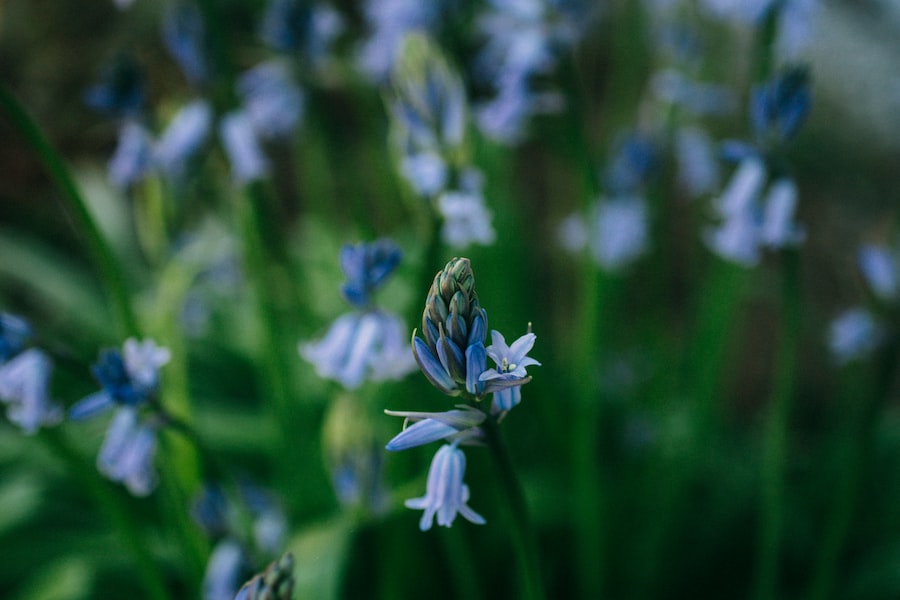Post-Bloom Care: How to Tend to Your Daffodils for a Beautiful Spring Display

After the vibrant and cheerful display of daffodils in the spring, it is important to provide them with proper care to ensure their health and longevity. Post-bloom care for daffodils involves a series of tasks such as pruning, deadheading, watering, fertilizing, dividing, transplanting, protecting from pests and diseases, and storing bulbs for the next season. By taking the time to care for your daffodils after they bloom, you can enjoy their beauty for years to come.
Key Takeaways
- Post-bloom care is essential for maintaining healthy daffodils.
- Understanding the life cycle of daffodils can help with post-bloom care.
- Pruning and deadheading daffodils can promote healthy growth.
- Watering and fertilizing daffodils after blooming can help prepare them for next season.
- Storing daffodil bulbs properly can ensure a beautiful display next spring.
Understanding the Life Cycle of Daffodils
To understand the importance of post-bloom care for daffodils, it is helpful to understand their life cycle. Daffodils go through several stages in their life cycle, starting with the emergence of green shoots in early spring. These shoots develop into flower buds, which eventually open up into beautiful blooms. After blooming, the flowers fade and die, leaving behind seed pods. The plant then focuses its energy on storing nutrients in the bulb for next year’s growth. This cycle repeats itself year after year.
The different stages of a daffodil’s life cycle have an impact on post-bloom care. After blooming, the plant needs time to replenish its energy reserves and prepare for next year’s growth. By providing proper care during this time, you can ensure that the plant has the nutrients it needs to thrive and produce beautiful blooms again next spring.
Importance of Post-Bloom Care for Daffodils
Post-bloom care is crucial for the health and longevity of daffodils. By taking care of your daffodils after they bloom, you can enjoy their beauty for many years to come. Here are some benefits of post-bloom care:
1. Promotes Healthy Growth: Proper care after blooming helps daffodils to grow strong and healthy. By providing the necessary nutrients and removing dead or diseased parts, you can encourage the plant to produce more blooms in the future.
2. Extends Blooming Season: With the right care, you can extend the blooming season of your daffodils. By deadheading spent flowers and providing adequate water and fertilizer, you can encourage the plant to produce more blooms and enjoy a longer display of color in your garden.
3. Prevents Pests and Diseases: Post-bloom care also helps to protect daffodils from pests and diseases. By removing dead foliage and providing proper watering and fertilization, you can create an environment that is less attractive to pests and less susceptible to diseases.
Pruning and Deadheading Daffodils
| Task | Timing | Frequency |
|---|---|---|
| Pruning | After blooming | Once a year |
| Deadheading | After blooming | As needed |
Pruning and deadheading are important tasks in post-bloom care for daffodils. Pruning involves removing any dead or diseased foliage or flowers from the plant. Deadheading, on the other hand, involves removing spent flowers to encourage more blooms.
To properly prune daffodils, wait until the foliage has turned yellow or brown. Using clean and sharp pruning shears, cut the foliage back to about 2 inches above the ground. This will help prevent diseases from spreading and allow the plant to focus its energy on storing nutrients in the bulb.
To deadhead daffodils, simply remove the faded flowers by cutting them off at the base of the stem. This will prevent the plant from wasting energy on producing seeds and encourage it to produce more blooms in the future.
Watering and Fertilizing Daffodils after Blooming
Proper watering and fertilizing are essential for the health of daffodils after they bloom. Watering should be done regularly, especially during dry periods, to ensure that the plant has enough moisture. However, it is important not to overwater, as this can lead to root rot.
Fertilizing daffodils after blooming is also important to replenish the nutrients in the soil. Use a balanced fertilizer, such as a 10-10-10 or 14-14-14, and apply it according to the package instructions. Be sure to water the plant thoroughly after fertilizing to help the nutrients reach the roots.
Dividing and Transplanting Daffodils

Dividing and transplanting daffodils is another important aspect of post-bloom care. Daffodils should be divided every few years to prevent overcrowding and ensure healthy growth. Dividing also allows you to propagate new plants and create more displays of daffodils in your garden.
The best time to divide daffodils is in late summer or early fall, when the foliage has died back. Carefully dig up the bulbs using a garden fork or shovel, being careful not to damage them. Separate the bulbs into individual plants, making sure each one has roots attached. Replant the bulbs at the same depth they were originally planted, spacing them about 4 to 6 inches apart.
Transplanting daffodils can also be done during this time. If you want to move your daffodils to a different location in your garden, dig up the bulbs and replant them in their new spot immediately after dividing.
Protecting Daffodils from Pests and Diseases
Daffodils are generally resistant to pests and diseases, but there are a few common issues that can affect them. Pests such as aphids, slugs, and snails can damage the foliage and flowers of daffodils. Diseases such as bulb rot, crown rot, and leaf spot can also affect the health of the plant.
To prevent pests and diseases, it is important to keep the area around the daffodils clean and free of debris. Remove any dead foliage or flowers and dispose of them properly. Avoid overwatering, as this can create a damp environment that is conducive to disease. If necessary, use organic pest control methods such as insecticidal soap or diatomaceous earth to control pests.
Storing Daffodil Bulbs for Next Season
If you want to store daffodil bulbs for the next season, it is important to do so properly to ensure their health. After the foliage has died back, carefully dig up the bulbs and gently remove any excess soil. Allow the bulbs to dry in a cool, dry place for a few days. Once they are dry, remove any remaining foliage or roots.
Store the bulbs in a cool, dry place such as a basement or garage. Place them in a mesh bag or paper bag to allow for air circulation. Avoid storing them in plastic bags, as this can cause them to rot. Check on the bulbs periodically during storage to make sure they are not rotting or drying out.
Tips for Extending the Blooming Season of Daffodils
If you want to enjoy a longer display of daffodils in your garden, there are a few tips you can follow to extend their blooming season:
1. Plant Early, Mid, and Late Blooming Varieties: By planting a mix of early, mid, and late blooming varieties, you can stagger the bloom times and enjoy daffodils for a longer period of time.
2. Provide Adequate Water and Fertilizer: Proper watering and fertilizing can help daffodils produce more blooms and extend their blooming season. Be sure to water regularly during dry periods and fertilize according to the package instructions.
3. Deadhead Spent Flowers: Removing faded flowers will prevent the plant from wasting energy on producing seeds and encourage it to produce more blooms.
4. Mulch the Soil: Applying a layer of mulch around the daffodils can help regulate soil temperature and moisture levels, which can extend their blooming season.
Enjoying a Beautiful Spring Display of Daffodils
In conclusion, post-bloom care is essential for the health and longevity of daffodils. By pruning, deadheading, watering, fertilizing, dividing, transplanting, protecting from pests and diseases, and storing bulbs properly, you can ensure that your daffodils thrive and produce beautiful blooms year after year. By following these tips and taking the time to care for your daffodils after they bloom, you can enjoy a stunning display of color in your garden each spring. So go ahead and take the necessary steps to care for your daffodils – you won’t be disappointed!



